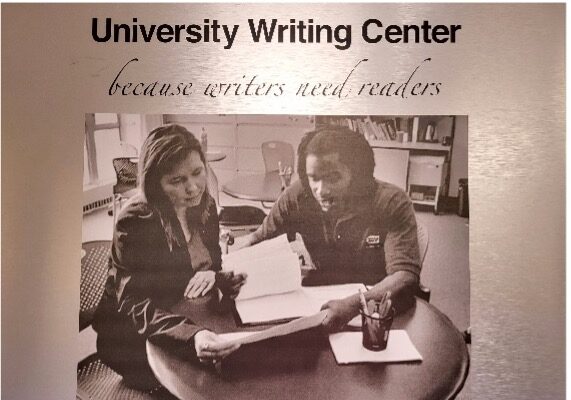by David Cardwell, Faculty Consultant, University Writing Center
One topic we need to discuss more in the University Writing Center is the permissible boundaries of a session with respect to content. Ari Cuperfain’s article in the spring edition of the The Writing Lab Newsletter dealt mostly in generalities about how directive or non-directive we should be. In a recent UWC meeting, we discussed ELL students and assignments, but we really need to talk about various specific examples and not just generalities.
For example, the other day I helped a student with a history paper. She had made an obvious error in language, I thought, when she wrote “16th century” when she clearly meant the 1600s. I believed I was working on language. However, in my paranoia, I could imagine the teacher complaining that I had made a change in substance, a change in facts, because in his view I would be correcting dates rather than the language that expressed the dates the student wanted to express.
Does anyone have any specific examples, hypothetical or actual, around the fuzzy boundaries of what may or may not be acceptable? Should you tell an ELL student that he has misread the article and has the author’s point backwards? Should you say that to a non-ELL student? Where is the boundary between telling them what to write about and telling them what to write? Are we sometimes too specific with our help? What if a student tells a suspicious teacher that something was a consultant’s idea or a consultant’s actual words? Faculty consultants should chime in about where they expect the lines to be drawn.

